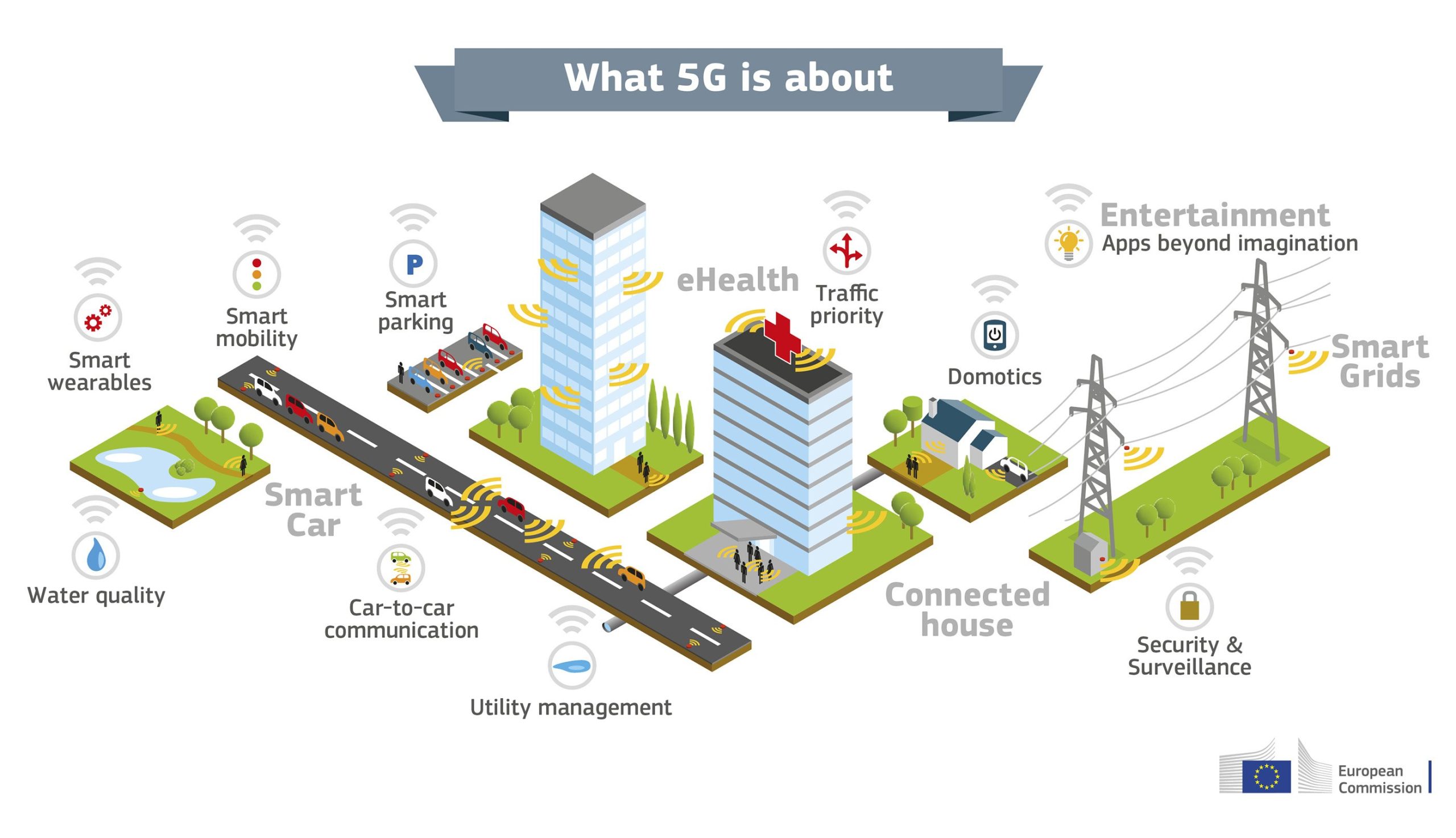Integrating GIS and Building Models for Smarter 5G Network Planning
telcomatraining.com – As the demand for high-speed connectivity continues to surge, 5G technology is rapidly being deployed across the globe. However, ensuring optimal performance and coverage of 5G networks is a complex task. One of the most effective approaches to streamline this process involves the integration of Geographic Information Systems (GIS) and detailed building models. This powerful combination enhances the accuracy and efficiency of 5G network planning, especially in urban environments where physical obstacles and user density can significantly affect signal performance.
The Role of GIS in 5G Planning
GIS technology provides spatial data that is essential for effective network deployment. By leveraging geospatial information such as terrain elevation, land use, infrastructure layouts, and population density, telecom engineers can make data-driven decisions when planning 5G cell sites. GIS allows planners to analyze the geographical context of each location, identify signal interference sources, and estimate coverage areas with high precision.
GIS also facilitates visual mapping, enabling stakeholders to simulate and evaluate different network scenarios. This visualization capability is especially critical in 5G planning, where millimeter-wave frequencies have shorter ranges and are more sensitive to obstructions than previous generations of wireless technology.
Importance of Building Models in Urban Deployments
Urban environments are densely packed with structures of varying heights and materials. These buildings can block or reflect 5G signals, affecting network reliability and performance. By incorporating 3D building models into the planning process, network engineers can more accurately predict how signals will propagate through complex cityscapes.
Building models provide detailed information such as height, construction materials, and structural density, which are crucial for calculating signal attenuation and reflection. Integrating this data with GIS allows planners to perform line-of-sight analysis, evaluate signal shadows, and optimize the placement of small cells and antennas.
Synergy Between GIS and Building Models
The real power of this approach lies in the seamless integration of GIS data with 3D building models. This synergy enables a holistic view of the urban landscape, combining terrain and infrastructure data with precise architectural representations. By fusing these datasets, planners can run advanced simulations to determine the best configurations for 5G deployment.
For example, GIS can highlight high-traffic areas or underserved regions, while building models help identify optimal antenna placements that avoid signal obstructions. The result is a smarter, more targeted network design that reduces costs and improves user experience.
Benefits of Integrated Planning
- Improved Accuracy: Combining GIS and building models leads to more precise predictions of signal behavior, minimizing coverage gaps and dead zones.
- Cost Efficiency: Better planning reduces the need for redundant infrastructure and lowers deployment costs by avoiding trial-and-error installations.
- Faster Deployment: Automated tools using integrated data sets can quickly identify viable locations for 5G equipment, speeding up the roll-out process.
- Enhanced User Experience: A well-planned network ensures consistent high-speed connectivity, lower latency, and improved reliability for end users.
Real-World Applications
Several telecom companies and smart cities have already begun adopting this integrated approach. In cities like New York, Tokyo, and London, GIS and 3D modeling tools are being used to design efficient, high-capacity 5G networks. These technologies also support ongoing optimization, allowing networks to adapt to changes in urban development and user behavior over time.
Conclusion
As 5G networks become the backbone of digital transformation, smarter planning is not just beneficial—it’s essential. Integrating GIS and building models offers a robust framework for designing efficient, resilient, and scalable 5G infrastructures. By embracing this technology-driven approach, telecom providers can stay ahead in the competitive landscape while delivering superior service to their customers.







